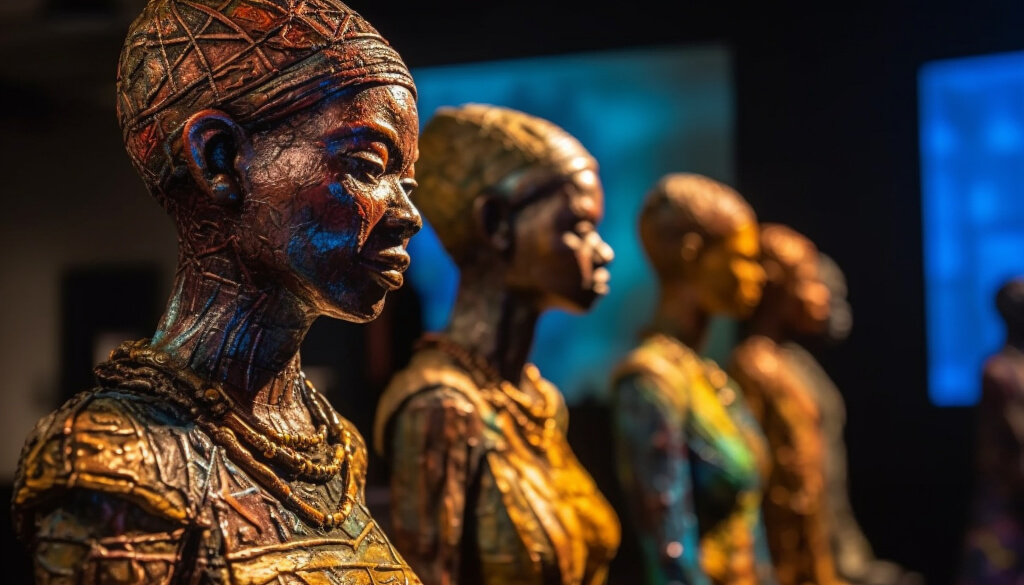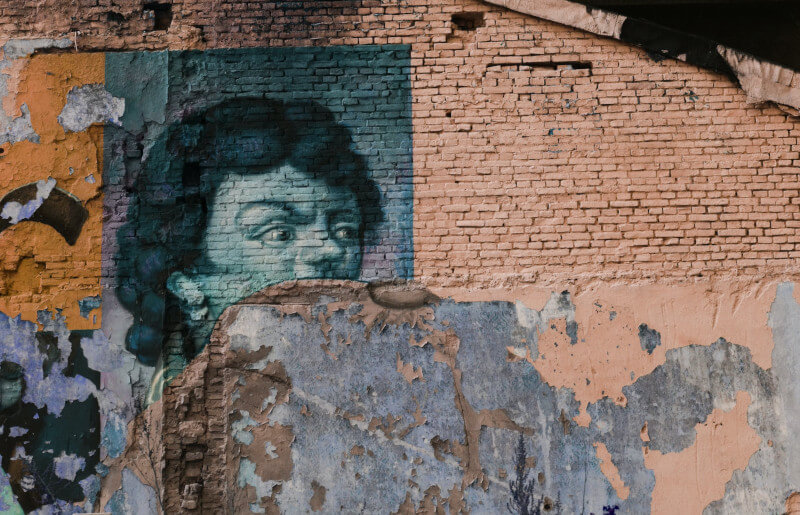Dzimbanhete Arts and Culture Interactions has been quietly and tirelessly nurturing talent since 2008 and is located just 20 kilometres south of Harare’s frantic city hub among the calm, indigenous vegetation of Zimbabwe’s sandveld setting. Terrence Musekiwa, a sculptor of rising renown who represented Zimbabwe in the famous 59th Venice Biennale in 2022, is the most recent pupil to profit from this artistic sanctuary.
Musekiwa is the Dzimbanhete Arts and Culture Centre’s sixth artist to appear at this prestigious international festival. Musekiwa is more evidence of Dzimbanhete’s ability to foster creative genius, joining the ranks of painters Portia Zvavahera, Gareth Nyandoro, and Virginia Chihota, as well as instructor and artist Masimba Hwati and artist Kudzanai-Violet Hwami.
A New Type of Gallery and Its Founder’s Quest
Educator and printmaker Chikonzero Chazunguza and traditional healer Jonathan Dube, better known as Samaita, are responsible for the center’s amazing success thanks to their foresight and hard work. Dzimbanhete’s unconventional method of nurturing artists is powered by this intriguing union of the creative and the mystical.
After a fruitful teaching stint at Bulgaria’s Institute of Pictorial Arts, Chazunguza moved back to his native Zimbabwe to shake up the country’s Eurocentric curriculum. Dzimbanhete was created when its founder saw he needed a place to nurture a new style of education in order to revolutionise the way art history was taught.
Music’s Impact on the Development of Western Art Music
Despite its emphasis on printmaking (Dzimbanhete means “tender print”), music has always played an important role at the hub. The mbira, a traditional Shona instrument, is featured prominently. Its unbroken story over the past thousand years is a monument to the enduring spirit of African culture and art, and it is used in traditional ceremonies to speak with ancestors.
Mbira music has been a constant through the ups and downs of Zimbabwe’s history, providing an entry point into the mind of the Shona people and their rich cultural heritage. Its songs, which evoke the Bantu people’s travels, struggles, and perseverance, have inspired a new wave of musicians.
Dzimbanhete does more than just sing the mbira’s praises; he also studies and plays the instrument. At the center’s Matombo Stage, musicians play the mesmerising mbira for the artists in attendance. When the visual and audio realms collide, new avenues of artistic inquiry are opened up.
Dzimbanhete’s Vision of an All-African Village as a Window to the World
The scope of Chazunguza’s vision is much broader than only fostering talent in Zimbabwe. His observations during the 2015 Venice Biennale made him aware of the worldwide system of subtle but widespread spatial segregation. Chazunguza was adamant about opposing such boundaries, therefore he dreamed of creating an all-African town where African artists from all across the continent could gather to share ideas and inspire one another.
Dzimbanhete, which started off as a modest suburban home, is now a thriving cultural hub that attracts creatives from all over. Its newly built brick-and-mortar headquarters blends beautifully with the surrounding natural terrain, representing the coming together of old and new.
Dzimbanhete Arts and Culture Interactions is a success story that highlights the impact of forward-thinking management and a firm faith in Africa’s creative potential. One can only watch in awe as Chazunguza and Dube continue to revolutionise the Zimbabwean arts sector and imagine the future stars waiting in the wings to take the world by storm.
About the Author:
Edmore Nkosi is a riveting South African journalist, specializing in entertainment and current affairs. With his unique ability to blend pop culture with real-world events, Edmore has carved a niche in providing captivating narratives that resonate with a diverse readership.




